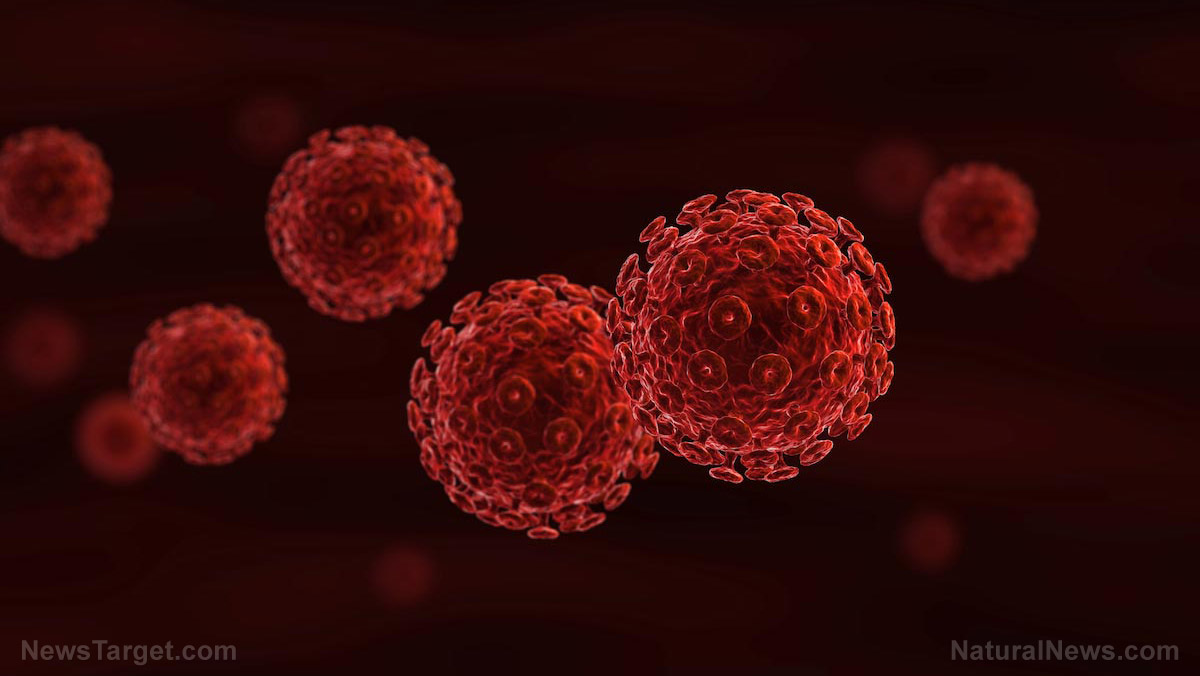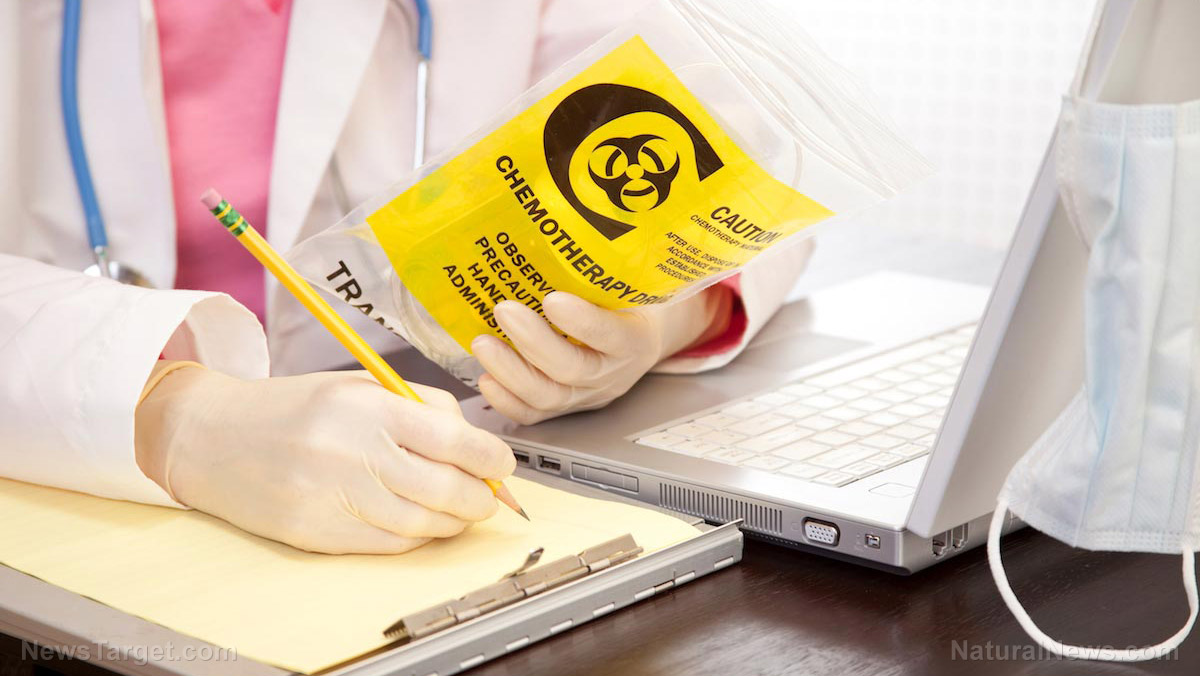Antibiotic resistance to become world’s number one killer by 2050, claims expert
07/10/2018 / By Isabelle Z.

When you see movies and TV shows set in the past, it’s not unusual to feel a sense of relief that we live in modern times. A minor infection – say, from a cut – could prove to be deadly before antibiotics came along, and as flawed as our current medical system is, no one can deny that there have been some incredible life-saving advancements in modern medicine. However, if we’re not careful, we could find ourselves taking a huge step backward and undoing all the progress that has been made in recent years.
The issue of antimicrobial resistance tends to get ignored in this age of unprecedented cancer deaths and other epidemics, but dismissing it could prove to be a very costly mistake. In fact, antimicrobial resistance is poised to become the top killer on the planet by the year 2050, easily surpassing cancer to take 10 million lives every year. Will people soon be forced to forego potentially life-saving medical procedures like C-sections and organ transplants because they’re too risky?
We’re already seeing untreatable strains of illnesses like gonorrhea in several places, and we’re not just talking about the developing world; the north of England, among other places, is seeing a highly drug-resistant strain right now. Drug-resistant tuberculosis has been seen in more than 100 countries. In addition, some places are noting pre-treatment resistance to antiretroviral HIV therapy of as much as 22 percent.
What’s behind this sharp growth in antibiotic resistance?
There are several ways microbes mutate and develop resistance to drugs. They can prevent the target molecule from binding to the antibiotic or simply block the antibiotic from getting into the bacterial cell in the first place, for example. The growth of antibiotic use is playing a big role in the problem, with the use of this class of drugs rising by 36 percent in the past decade.
One big reason the situation is growing out of hand is that no new antibiotics are being developed to address the problem. Antibiotics simply aren’t as profitable as medications for long-term conditions like heart disease and diabetes. That’s why some experts want to see pharmaceutical companies get incentives for bringing in new antibiotics to the market.
Another measure that might help is improved diagnostic tests to prevent antibiotics from being prescribed unnecessarily. NICE, the British health regulator, is even considering sanctioning those doctors who overprescribe antibiotics.
Another area of concern is the use of antibiotics in agriculture. In the U.S., agricultural antibiotic use makes up 70 percent of all antibiotic use. A Consumer Reports survey of 500 family practice and internal medicine doctors found that 93 percent are concerned about antibiotic overuse in animal agriculture. Factory farms give animals antibiotics even when they aren’t sick in order to help them grow faster, and people who consume them can develop antibiotic resistance. Around 131,000 tons of antibiotics were given to livestock in 2013, and that figure is on the rise.
In 2015, World Health Organization Head Margaret Chan said that if drug resistance continues on its current path, it will mark “the end of modern medicine as we know it.”
She called the skyrocketing antibiotic resistance a global health crisis – and one of the biggest threats to modern health.
Sources for this article include:
Tagged Under: agricultural antibiotic use, antibiotic resistance, Antibiotics, health crisis, Microbes, modern medicine, superbugs




















